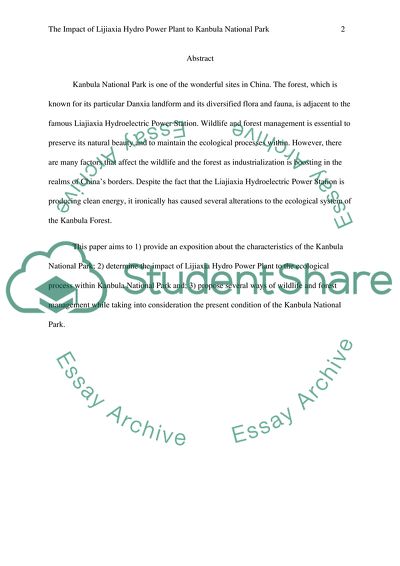Cite this document
(Wildlife and Forest Management in Kanbula National Park Term Paper - 1, n.d.)
Wildlife and Forest Management in Kanbula National Park Term Paper - 1. Retrieved from https://studentshare.org/environmental-studies/1752013-wildlife-and-forest-management-in-kanbula-national-park
Wildlife and Forest Management in Kanbula National Park Term Paper - 1. Retrieved from https://studentshare.org/environmental-studies/1752013-wildlife-and-forest-management-in-kanbula-national-park
(Wildlife and Forest Management in Kanbula National Park Term Paper - 1)
Wildlife and Forest Management in Kanbula National Park Term Paper - 1. https://studentshare.org/environmental-studies/1752013-wildlife-and-forest-management-in-kanbula-national-park.
Wildlife and Forest Management in Kanbula National Park Term Paper - 1. https://studentshare.org/environmental-studies/1752013-wildlife-and-forest-management-in-kanbula-national-park.
“Wildlife and Forest Management in Kanbula National Park Term Paper - 1”, n.d. https://studentshare.org/environmental-studies/1752013-wildlife-and-forest-management-in-kanbula-national-park.


